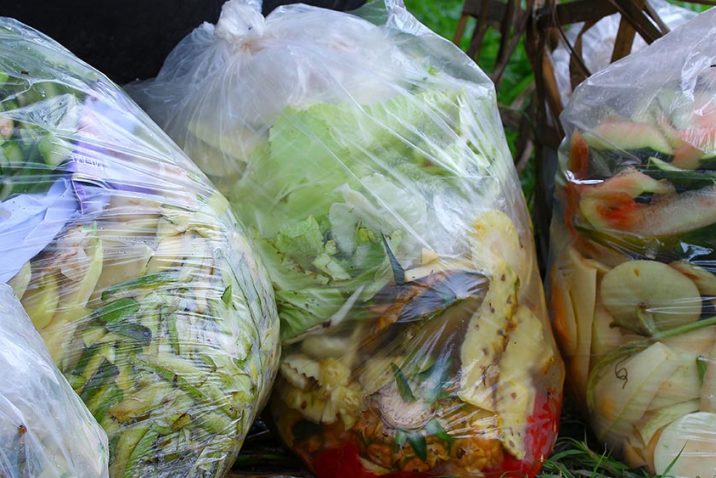The benefits of walking in green spaces are not limited to physical health. Studies show that access to green space enables an enhanced opportunity to connect with nature, improving one’s mental health. This is especially the case during the...
Single-use containers are one of the fundamental causes of waste, and yet we still find them everywhere in our daily life. American company Loop is addressing waste through collaboration with retailers and manufacturers by promoting packaging day-to...
What do you do with an old smartphone that you have replaced? What do you do to ensure your data remains private? To be honest, I’ve kept two old smartphones in the corner of my storeroom for years. I don’t mean to hoard e-waste...
Let’s have a look at a circular-minded restaurant in Finland. Nolla, meaning zero in Finnish, is motivated to provide high-quality, in-season food while pursuing a zero-waste ideology. Since opening in March 2018, Nolla has been ensuring all aspects...
The Big Issue Japan, a social magazine sold by homeless people on the streets, is now taking up the issue of food waste by running a bakery that only opens at night. Yoru no Panya-san (Night-time Bakery) procures leftover bread from popular bakeries...
According to the Food and Agriculture Organization (FAO) of the United Nations, roughly 30% of food is wasted globally each year. Food waste occurs at various points in the food supply chain, including during production, retail and consumption. On...
Koji might not be well known outside of Japan, but this fermented agent is used to make popular Japanese food such as miso, soy sauce and sake. Kyushu-based koji company Kawauchi Genichiro Shoten invented technologies to turn food waste into...
The city of Amsterdam adapted the theory of doughnut economics for its post-pandemic recovery in April 2020. Kate Raworth, the inventor of doughnut economics, downscaled the model to provide the city with a “city portrait” that illustrates...
Doughnut economics is an economic model developed by Kate Raworth, who uses a doughnut as a metaphor for the framework of human prosperity. The hole of the doughnut represents the proportion of people that lack access to the essentials of life such...
After experiencing the Great East Japan Earthquake in 2011, Sendai-city in Miyagi prefecture has been working on creating a disaster-resilient and environmentally-friendly city. To do so, Sendai is strengthening city infrastructure and spreading...











